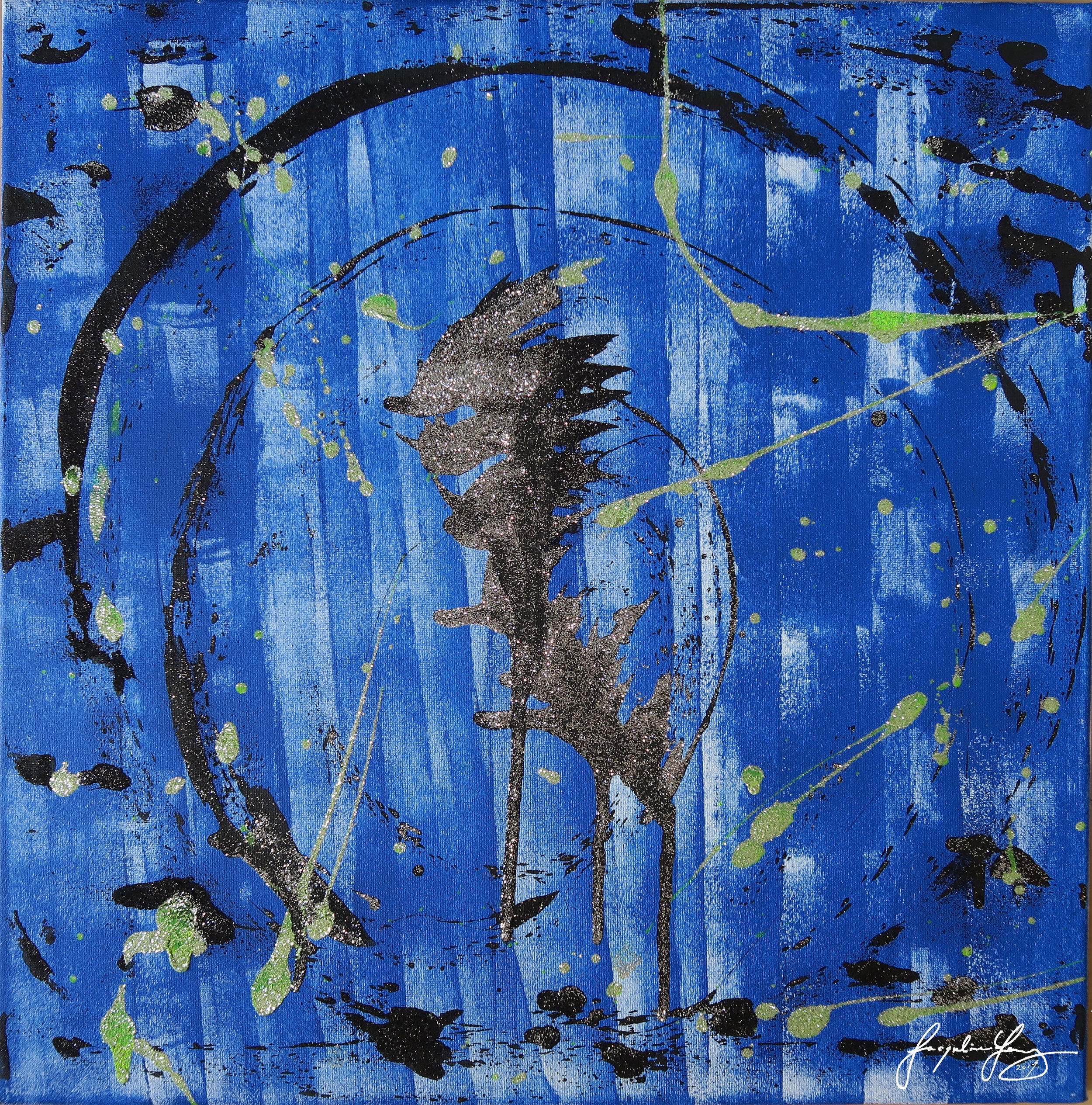
Synesthesia
Synesthesia is a neurological condition in which perceptual information leads to the simultaneous stimulation of several senses. People who experience synesthesia are referred to as synesthetes. The word “synesthesia” is a portmanteau of two Greek words, namely “syn” (meaning “together”) and “esthesia” (meaning “perception”). The biological, automatic, and involuntary phenomenon has prompted philosophical debates on the nature of perception and has generated considerable interest among neuroscientists in recent years as well.
The interconnection among different senses in a person’s mind arises as either associative or projective synesthesia, both of which introduce images and colours to reality. Since synesthesia can involve any combination of the senses, there may be as many as 60 to 80 subtypes. The most common type is grapheme-colour synesthesia, in which individual letters and numbers are identified with specific colours and sometimes colourful patterns. Other forms include lexical-gustatory synesthesia, where interacting with certain words triggers distinct tastes; auditory-tactile synesthesia, when hearing a sound prompts a specific bodily sensation such as tingling on the back of one’s neck; and spatial-sequence synesthesia, which entails the perceiving of numbers or numerical sequences as points in space.
Waves of Transition (2017) (Close-up)
Mixed media, 60 x 30 cm x 3 pcs, JY-HK-052-2017
Gymnopédie No. 1 by Erik Satie
Chromesthesia
Chromesthesia is a type of synesthesia where a visual experience can be evoked by sound. From quotidian sounds to arranged music, auditory stimuli can yield impressions like shapes or colours. The associations between colour and sound, tone, pitch, or timbre are highly idiosyncratic. That is, every synesthete has their own unique colour pairings. In most cases, however, the patterns are consistent over time. Perhaps unsurprisingly, one common ground shared by synesthetes and non-synesthetes is that they both relate high-pitched sounds to lighter, brighter colours and low-pitched sounds to darker, duller colours.
The Melting Melodies (2021) (Close-up)
Acrylic on canvas, 21 x 29.7 cm, JY-SG-002-2021-CU-1
For artists and creators, the ability to bridge the gap between sound and colour is a gift that elevates their craft. One of the earliest known cases of chromesthesia — seeing music in colour or colours in music — can be traced as far back as Hungarian composer Franz Liszt’s era. It was said that he saw colours when others could only hear tones, hence oftentimes confusing his orchestra players by requesting them to play “a little bluer”, “deep violet”, or “not so rose”.
Famous Artists with Synesthesia
-
Known for his distinctive and vibrant style, Vincent Van Gogh painted many works that brim with expressive movement. From Starry Night (1889) to Sunflowers (1888), thick brushstrokes weave an undulating spectacle: stars winked and petals swayed. According to many art historians, Van Gogh likely experienced chromesthesia — a synesthetic experience of the senses that entailed a reflexive association of sound with colours.
In one of the many letters addressed to his brother, Van Gogh mused, “Some artists have a nervous hand at drawing, which gives their technique something of the sound peculiar to a violin.” He even believed that artworks were “pure music.” These fragmented writings overwhelmingly underline the association between colour and music in Van Gogh’s mind. The impression emerges all the more distinctly when the painter decided to learn how to play the piano in 1883. Over the course of two years, Van Gogh remarked that every note called to his mind a precise colour. Troubled about such an eccentric outlook, his teacher not only refused to continue the lessons but also declared the student insane.
-
In addition to being an abstract painter, Wassily Kandinsky was also a cellist and synesthete. Motivated by the inextricable linkage between music and colour in his mind, the Russian artist created an iconic collection of abstract paintings that substantiated how he regarded each musical note with a particular hue. He once said, “The sound of colours is so definite that it would be hard to find anyone who would express bright yellow with bass notes or dark lake with treble.”
Although Kandinsky never affirmed his synesthesia, he was openly interested in the systemic correspondence between colours and timbres of specific musical instruments. With a visual symphony in mind, he also strove to reproduce it in his artworks. As vivid and definite as the musical vision may be to the painter, however, the whole construction ultimately only stemmed from his personal perceptions, feelings, cultural environment, and influences.
Banner Image: Capture Moment: Figure in the Sea (2019) (Close-up), Mixed medium, 50 x 50 cm, JY-HK-027-2019, Bergensiana: Rokokkovariasjoner Over En Gammel Bergensk Melodi by Johan Halvorsen, performed by Oslo Philharmonic Orchestra







